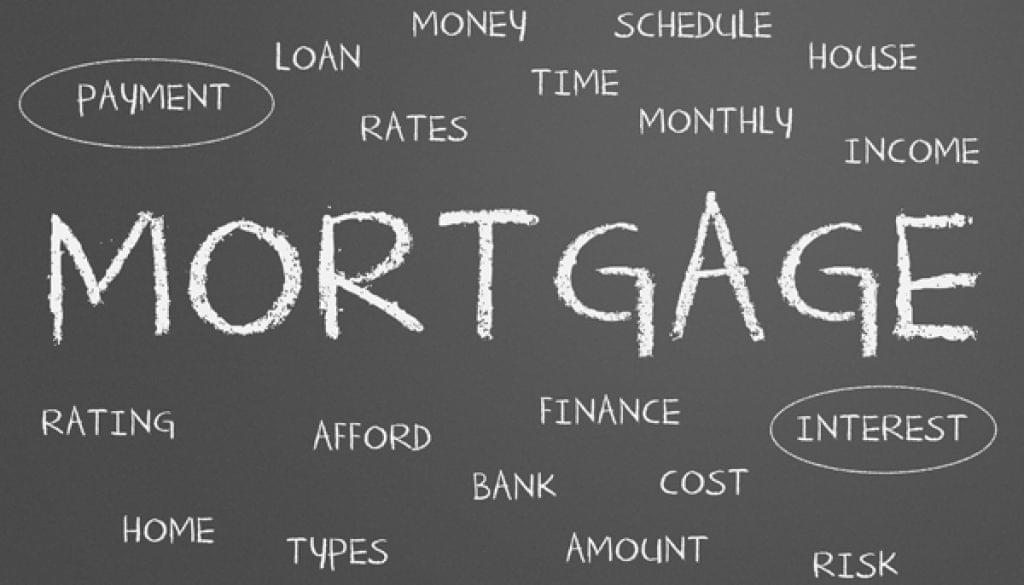
Mortgage 101 in 7 Paragraphs
Are you new to mortgages? Here is your quick start guide.
Amortization is simply the length of time you pay your mortgage back over. Typically, this is 25 years although if you have at least 20% down, there are still a few 30 year options available if you live in the home and slightly more above a $500k price. Your amortization is then split into separate smaller periods of time called the mortgage term.
Term is a period of time you agree to work with a particular lender and interest rate. For example, you might start with a 5 year term. At the end of the term, the mortgage is now up for renewal. At renewal, you start a new term at whatever rates exist at that point in time. It can be with the same lender or a different lender. Terms can be 1, 2, 3, 4, 5, 7 or 10 years. 5 year terms are by far the most common. One of the key agreements for a term is interest rate.
Interest rates can be fixed or variable. A fixed interest rate stays the same for the full term. Therefore, your payment stays the same for that full term. It doesn’t matter what happens in the market with interest rates, your fixed mortgage rate and mortgage payment will not change. A variable interest rate changes anytime your lender changes their mortgage prime rate. So, a variable interest rate can go up or down without notice. Therefore, with most variable rate mortgages, your payment will also increase or decrease without notice. A variable rate mortgage can be converted to whatever the going fixed rate is at any point during the variable rate term without cost. OAC.
Penalties are charged if you pay your mortgage in full before the end of the term. This could happen if you sold your home during the term and didn’t take the mortgage with you to a new home. It could happen if you inherit or win a large sum or any number of different situations. With a variable interest rate mortgage, the penalty is 3 months of interest. With a fixed interest rate mortgage, it is the greater of two calculations. The first is 3 months of interest. The second is called the Interest Rate Differential or IRD which is a way for the lender to get its guaranteed interest rate during the full term. Branch based lenders use the IRD in a way that can often lead to penalties being as much as three times higher than non-branch lenders. Call/Email us for more explanation.
Prepayment Options are ways you can pay your mortgage off more quickly without being charged penalties. Many lenders will offer these options. A typical plan would be a 15/15 plan. It allows you to increase your mortgage payment by up to 15% each year. It also allows you to make lump sum payments of up to 15% of the original mortgage balance each year. Lump sum payments are often able to be made on any payment date in amounts as small as $100 as often as you wish as long as they don’t add up to more than that 15% per year. If you take full advantage of a 15/15 plan, your mortgage could be paid out within a 5 year term without any penalty.
Down payment in Canada must be at least 5% if you will live in the home. It must be minimum 20% if you are buying an investment or rental property. Your down payment can come from personal savings including bank accounts, RSPs and TFSAs and from immediate family gifts. If you have less than 20% down payment, you will have a one-time fee (default insurance premium) added to your mortgage balance. This payment made to CMHC, Genworth or Canada Guaranty is designed to protect the lender when a mortgage goes bad.
Games Lenders Play can cost you money in the future. Lenders have figured out that lower interest rates sell mortgages. Many buyers don’t understand that there is more than just interest rate. Lenders reduce or eliminate mortgage features and then shave off 0.1% or 0.2% in order to attract your business. They may remove your ability to transfer the mortgage to a new property forcing you to pay a penalty if you decide to move. Prepayment penalties can be increased by 2 or 3 times what they would normally be. Lenders can remove your ability to pay extra, restrict your ability to refinance or any number of additional items. Be aware that interest rate should not be the basis on which you make your decision.
Bonus #1 – How Lenders Make Decisions
First – they look at your credit history and credit score. If they like what they see, they go to step 2. If not, they send you away. Step 2 is a comparison of any debt payments together with the mortgage and property tax payment you are looking at to your gross income. Total payments can’t be greater than a certain percentage (approx 44%) of gross income. This is how they decide how much to lend.
Bonus #2 – Use Other’s Expertise to Protect and Guide You
Working with a knowledgeable mortgage professional protects you against lender games. They will put your interests first – not their employers or favourite lender. A single clause can lead to thousands of additional costs in the future. So, use the expertise that you are comfortable with. Explore your options. Go in with eyes wide open. And enjoy your first home!





